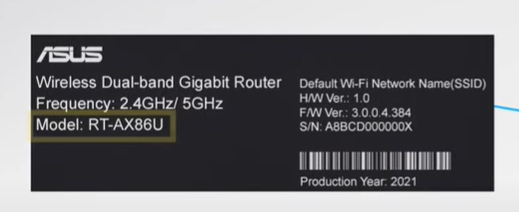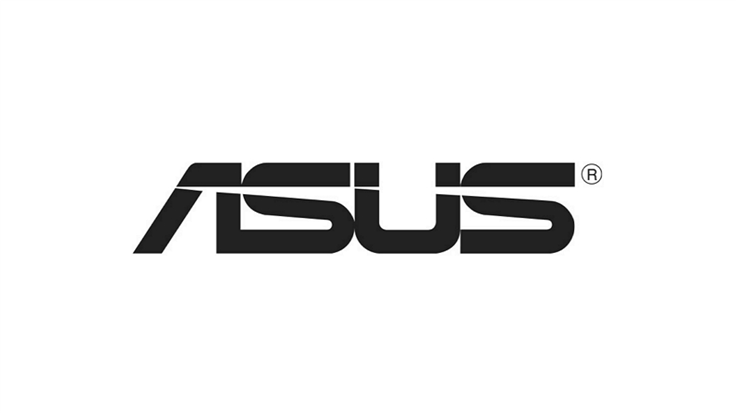ASUS has released firmware updates for several router models fixing two critical and several other security issues.
The new firmware with accumulated security updates is available for the models GT6, GT-AXE16000, GT-AX11000 PRO, GT-AXE11000, GT-AX6000, GT-AX11000, GS-AX5400, GS-AX3000, XT9, XT8, XT8 V2, RT-AX86U PRO, RT-AX86U, RT-AX86S, RT-AX82U, RT-AX58U, RT-AX3000, TUF-AX6000, and TUF-AX5400.
You will find the latest firmware available for download from the ASUS support page or the appropriate product page. ASUS has also provided a link to new firmware for selected routers at the end of their security advisory.
When in doubt you can find the model number on the sticker which can usually be found on the back side of the router.

General instructions on how to update router firmware can be found here
The Common Vulnerabilities and Exposures (CVE) database lists publicly disclosed computer security flaws. The new firmware incorporates the following security fixes: CVE-2023-28702, CVE-2023-28703, CVE-2023-31195, CVE-2022-46871, CVE-2022-38105, CVE-2022-35401, CVE-2018-1160, CVE-2022-38393, and CVE-2022-26376.
The critical CVEs patched in these updates are:
CVE-2022-26376: A memory corruption vulnerability exists in the httpd unescape functionality of Asuswrt prior to 3.0.0.4.386_48706 and Asuswrt-Merlin New Gen prior to 386.7.. A specially-crafted HTTP request can lead to memory corruption. An attacker can send a network request to trigger this vulnerability.
The Asuswrt-Merlin New Gen is an open source firmware alternative for Asus routers. The unescaped function in this firmware assumes that after a % there are always at least two characters. If this is not the case, one of the instructions in the function cause an out-of-bounds read. Out of bounds reads can lead to crashes or other unexpected vulnerabilities, and may allow an attacker to read sensitive information that they should not have access to.
CVE-2018-1160: Netatalk before 3.1.12 is vulnerable to an out of bounds write in dsi_opensess.c. This is due to lack of bounds checking on attacker controlled data. A remote unauthenticated attacker can leverage this vulnerability to achieve arbitrary code execution.
Netatalk is a free, open-source implementation of the Apple Filing Protocol (AFP). It allows Unix-like operating systems to serve as file servers for Macintosh computers running macOS or Classic Mac OS.
This is a 5 year old vulnerability for which several exploits are publicly available.
Since many, especially home users will shy away of applying firmware, it is important to heed the advice offered by ASUS that says:
“Please note, if you choose not to install this new firmware version, we strongly recommend disabling services accessible from the WAN side to avoid potential unwanted intrusions. These services include remote access from WAN, port forwarding, DDNS, VPN server, DMZ, port trigger.”
General instructions on how to disable the WAN access can be found here under point 7.
We don’t just report on vulnerabilities—we identify them, and prioritize action.
Cybersecurity risks should never spread beyond a headline. Keep vulnerabilities in tow by using Malwarebytes Vulnerability and Patch Management.











